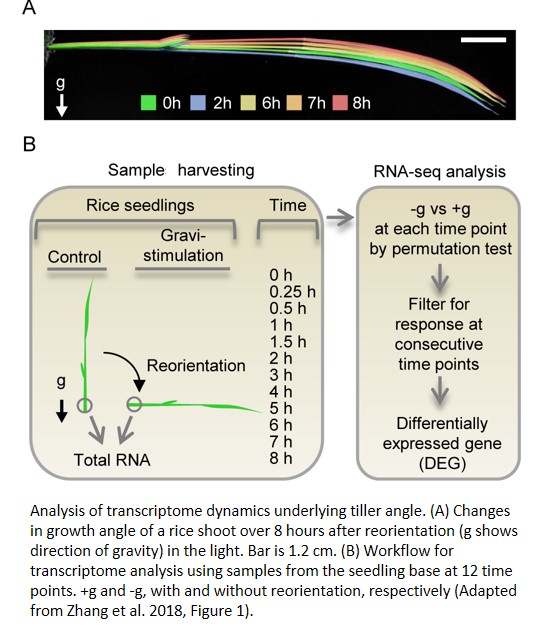

The Poisson point process is often defined on the real line, where it can be considered as a stochastic process.

The process was discovered independently and repeatedly in several settings, including experiments on radioactive decay, telephone call arrivals and insurance mathematics. Its name derives from the fact that if a collection of random points in some space forms a Poisson process, then the number of points in a region of finite size is a random variable with a Poisson distribution. The process is named after French mathematician Siméon Denis Poisson despite Poisson's never having studied the process.

This point process has convenient mathematical properties, which has led to its being frequently defined in Euclidean space and used as a mathematical model for seemingly random processes in numerous disciplines such as astronomy, biology, ecology, geology, seismology, physics, economics, image processing, and telecommunications. The Poisson point process is often called simply the Poisson process, but it is also called a Poisson random measure, Poisson random point field or Poisson point field. In probability, statistics and related fields, a Poisson point process is a type of random mathematical object that consists of points randomly located on a mathematical space. These represent scenarios where we would classify time as a ratio variable instead of an interval variable.A visual depiction of a Poisson point process starting from 0, in which increments occur continuously and independently at rate λ. We could also say that one recipe has a cooking time that is twice as long as the other. In this scenario, the duration of cooking time would be considered a ratio variable because there is a true zero value – zero minutes. One recipe has a total cooking time of 40 minutes and the other has a cooking time of 20 minutes. Suppose we compare two recipes for cooking a certain meal. We could also say that someone who runs the marathon in 2 hours ran it in half the amount of time as someone who ran it in 4 hours. In this scenario, the duration of time would be considered a ratio variable because there is a “true zero” value – zero seconds. Suppose we keep track of how long it takes people to run a marathon. The only scenario where time would not be considered an interval variable is if we’re talking about a duration of time. For example, we can’t say that 2 PM is twice as old of a time as 1 PM.Ĭontrast this with a ratio variable like weight: We can say that 100 pounds is twice as much as 50 pounds. However, there is not “true zero” value of time. Time is considered an interval variable because differences between all time points are equal but there is no “true zero” value for time.įor example, the difference between 1 PM and 2 PM is the same as the difference between 2 PM and 3 PM, which is the same as the difference between 3 PM and 4 PM, and so on. Is “time” considered an interval or ratio variable? The following graphic summarizes these different levels of measurement: Ratio: Variables that have a natural order, a quantifiable difference between values, and a “true zero” value.Interval: Variables that have a natural order and a quantifiable difference between values, but no “true zero” value.

Ordinal: Variables that have a natural order, but no quantifiable difference between values.Nominal: Variables that have no quantitative values.In statistics, all variables are measured on one of four measurement scales:


 0 kommentar(er)
0 kommentar(er)
